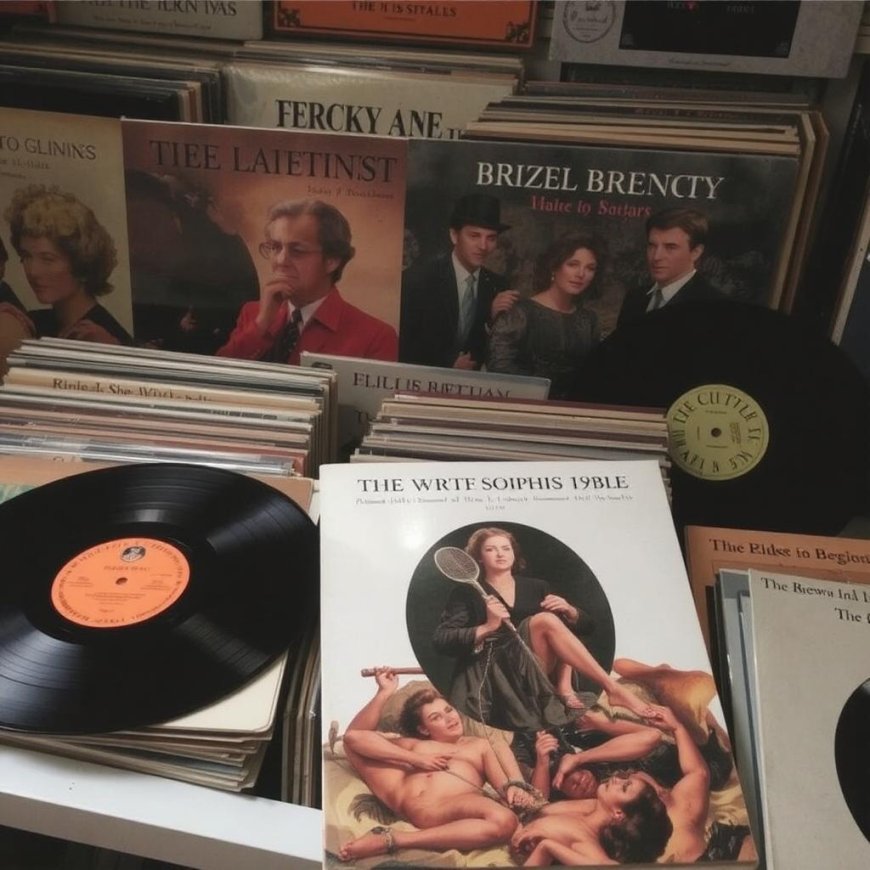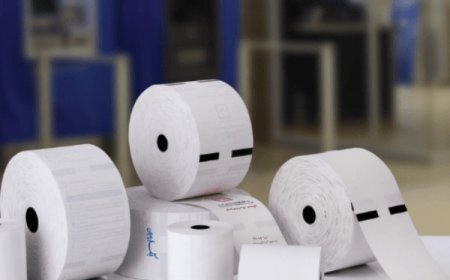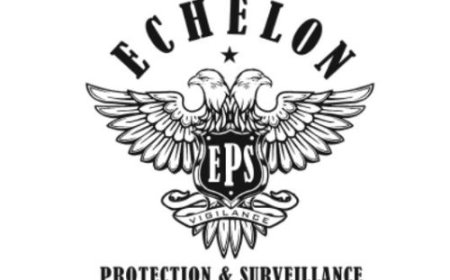Tips to Restore and Preserve Old Hindi Vinyl Records

Vintage Hindi vinyl records are not just musical treasures but also valuable pieces of cultural history. From the golden melodies of Lata Mangeshkar to the experimental compositions of R.D. Burman, these records capture the essence of Bollywood's most iconic era. However, decades of storage and play can leave these delicate records scratched, warped, or dusty. Proper restoration and preservation techniques can breathe new life into your collection while maintaining their audio quality and monetary value. This comprehensive guide covers professional methods to clean, repair, and store your precious Hindi vinyl records.
Understanding Vinyl Record Degradation
Before attempting restoration, it's important to recognize common issues affecting old records:
-
Surface Noise (Crackles/Pops) Caused by dust, static, or microscopic scratches
-
Warping Due to improper storage in heat or under weight
-
Groove Wear From excessive play with worn-out styli
-
Mold & Mildew Common in humid climates like coastal India
-
Sleeve Damage Torn covers, spine splits, or foxing (brown age spots)
Essential Tools for Vinyl Restoration
Invest in these basic supplies before starting:
-
Carbon fiber brush(for dry cleaning)
-
Microfiber cloths(lint-free)
-
Vinyl cleaning solution(commercial or DIY)
-
Distilled water(never use tap water)
-
Isopropyl alcohol(91% pure, diluted for cleaning)
-
Polyethylene inner sleeves(replacement)
-
Outer plastic sleeves(for additional protection)
-
Record weight/flatener(for minor warps)
Step-by-Step Cleaning Process
1. Dry Cleaning (For Light Dust)
-
Place record on a clean, stable surface
-
Use carbon fiber brush in circular motions along grooves
-
Always brush from center to edge (never circular)
-
Repeat until no visible dust remains
Tip: Anti-static guns help reduce static before brushing
2. Wet Cleaning (For Stubborn Grime)
-
Mix cleaning solution (3:1 distilled water to isopropyl alcohol + 1 drop dish soap)
-
Dampen microfiber cloth (never soak)
-
Wipe gently along grooves (center to edge)
-
Rinse with distilled water using separate cloth
-
Air dry vertically on rack (never towel dry)
For mold: Use 1:4 white vinegar to water solution first
3. Deep Cleaning (For Heavily Soiled Records)
Consider:
-
Ultrasonic cleaners(commercial grade)
-
Vacuum-based systems(like Record Doctor)
-
Professional services(available in metro cities)
Repairing Physical Damage
Fixing Minor Warps
-
Place record between two clean sheets of glass
-
Apply moderate weight (books work)
-
Leave in temperature-stable environment for 2-4 weeks
-
Check weekly for improvement
Note: Severe warps (>5mm) may require professional heat treatment
Reducing Scratches
-
Light surface scratches: Use specialized vinyl polish (like LAST)
-
Deep scratches: Consider professional resurfacing (limited success)
Warning: Never use toothpaste or abrasive cleaners
Sleeve Restoration Techniques
-
Cleaning Paper Sleeves
-
Use soft art eraser for surface dirt
-
For ink stains, consult paper conservator
-
-
Repairing Spine Splits
-
Acid-free archival tape (inside only)
-
Japanese paper hinge repairs for valuable editions
-
-
Preventing Further Damage
-
Always store in polyethylene inner sleeves
-
Add outer plastic sleeves for double protection
-
Optimal Storage Conditions
Ideal Environment
-
Temperature: 18-21C (avoid fluctuations)
-
Humidity: 40-50% (use silica gel in monsoon)
-
Light: Keep away from direct sunlight
-
Position: Always store vertically
Best Storage Furniture
-
Metal shelving(more stable than wood)
-
Kallax-style cube units(IKEA ideal for weight distribution)
-
Avoid: Cardboard boxes, attics, or garages
Playback Best Practices
-
Turntable Setup
-
Use quality cartridge (AT-VM95 series recommended)
-
Proper tracking force (check manufacturer specs)
-
Replace stylus after 500-1000 hours
-
-
Handling Rules
-
Always hold by edges and label
-
Never touch grooves with bare fingers
-
Allow records to reach room temperature before playing
-
-
Maintenance Routine
-
Clean stylus before each side
-
Brush record before every play
-
Rotate collection to prevent groove wear
-
Special Considerations for Indian Pressings
Indian vinyl often requires extra care due to:
-
Thinner Vinyl Early HMV pressings used lower-grade material
-
Paper Quality Sleeves degrade faster in tropical climates
-
Print Variations Labels may react differently to cleaning solutions
Test any cleaning method on less valuable records first
When to Seek Professional Help
Consult experts for:
-
Extremely rare records (first pressings of Mughal-e-Azam etc.)
-
Severe mold infestation
-
Valuable picture discs or colored vinyl
-
Historical recordings (pre-1960)
Recommended Services:
-
Vinyl Revival (Delhi/Mumbai)
-
The Analog Room (Bangalore)
-
Archive India (Pune)
Long-Term Preservation Strategy
-
Digitization Create archival-quality rips (24bit/96kHz)
-
Insurance Cover valuable collections (special riders needed)
-
Cataloging Use Discogs for inventory management
-
Climate Control Invest in dehumidifier if needed
Common Mistakes to Avoid
-
Using Household Cleaners(Windex, soap etc.)
-
Stacking Records Horizontally(Causes warping)
-
Playing Dirty Records(Pushes debris into grooves)
-
Improper Sleeve Replacement(PVC sleeves damage vinyl)
Conclusion
Properly restoring and preserving Hindi vinyl records requires patience and the right techniques, but the reward is decades of continued listening pleasure. By following these professional methods, you can:
-
Improve sound quality of worn records
-
Prevent further deterioration
-
Maintain (or increase) collector value
-
Pass on musical heritage to future generations
Remember that each record tells a story of the artists who created it, the era it represents, and the listeners who cherished it. With careful preservation, these analog treasures will continue spinning their magic for years to come.
Final Tip: Document your restoration process with before/after photos it adds provenance and helps other collectors learn.













































